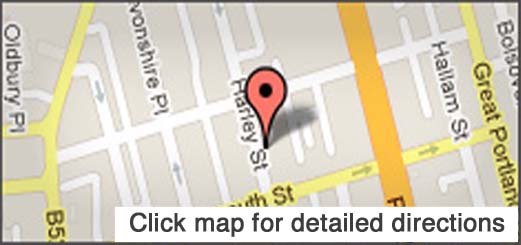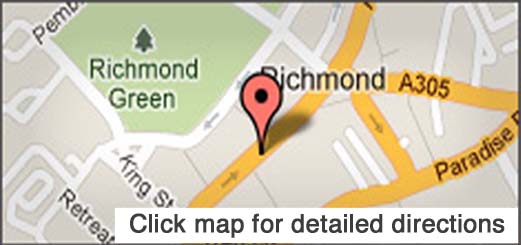Can cutting colour and cartoons make a difference?
Cleverly thought-out marketing is everywhere. Indeed, visit the local supermarket and you’ll instantly be assaulted by happy characters leering down from cereal boxes and see bright, eye-catching colours adorning packets of sugary snacks.
Of course, this is the point. Effective marketing of products is all about knowing how to make them appeal to target audiences, and this is why sweets, sugary cereals, crisps and other unhealthy snacks are made to stand out from the shelves in a way that appeals to children.
When research tested what colours certain age groups are drawn to, it found that young children are especially attracted to bright, vibrant colours.[i] As children use colour as a fundamental way to understand their surrounding environment, it makes sense that bold colours that give a definite sense of form and object are likely to appeal. This preference for vibrancy continues throughout childhood, and it is namely this that has made these bright colours such a mainstay in toy designs, children’s clothing and food and drinks aimed towards this market. Often, food and drinks aimed at young children take advertising a step further by creating a mascot or cartoon character as another way to appeal to this younger audience.
So, if these foods and drinks are so heavily marketed towards children in this manner, could we make a difference by changing the way they look in an effort to help improve oral health?
Supermarket giant Lidl has recently announced that it is going to remove cartoon characters from own brand cereal boxes in an attempt to make them less appealing. Stating the move is to lessen the effect of “pester power” (when children beg for something they want) this is a step towards encouraging parents/guardians to make healthier choices when shopping.[ii]
But will this make a difference? I’m on the fence about this. On one hand, it’s great that retail giants are trying to change things by implementing this in the first place. However, we have to realise that Lidl is only removing mascots from their own brand cereals, meaning that all other brands are perfectly able to keep luring children’s attention with whimsical giraffes and other fun characters. Furthermore, we have to also recognise that this is just a drop in the ocean when it comes to unhealthy foods – yes, cereals are especially bad for sugar content, but what about sweets and fruit juices and other ridiculously sugary consumables?
In the end, it’s a positive change and if it does have a significant impact then we should definitely urge companies to start thinking of more neutral packaging for foods. However, these companies are definitely under no obligation to do so, and if the advertising is working and drawing in the money, why would they change? What it needs to come down to is more regulations about how unhealthy food can be marketed. Who knows whether this is achievable – but it is definitely something to bear in mind for the future.
For further information please call EndoCare on 020 7224 0999
[i] Sciencing. How Do Bright Colours Appeal to Kids? Link: https://sciencing.com/do-bright-colors-appeal-kids-5476948.html [Last accessed February 2020].
[ii] The Guardian. Childhood Obesity: Lidl to Remove Cartoon Characters from Cereal Boxes. Link: https://www.theguardian.com/business/2020/jan/03/childhood-obesity-lidl-remove-cartoon-characters-cereal [Last accessed February 2020].













